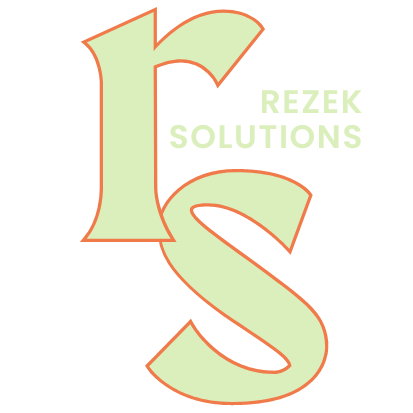
Bringing on a new client should feel exciting, not overwhelming. A smooth onboarding process helps set expectations, build trust, and create a strong working relationship from the start. Here’s how to simplify and improve your client onboarding experience:
Here are a few simple tips to make your onboarding process shine:
1. Send a Warm Welcome Message:
It’s true that not everyone wants to be greeted when they walk into a store, but I’ve yet to meet a client who doesn’t want to feel like they have made the right decision in hiring you. Send a personalized email or video message to your new client to thank them for choosing you, let them know you’re excited to work together, and tell them when and how to expect to hear from you about onboarding and next steps.
2. Create a Clear Onboarding Checklist:
No one likes feeling lost. Make it easy for your clients to know what to expect. Create a simple checklist of the steps they need to take, like filling out forms or scheduling a kickoff call. You can use a digital tool such as Click-Up, Asana, or Notion, or a simple document (or email) that lists what steps you take to onboard your clients.
3. Set Up a Welcome Packet:
Think of this as a “getting to know you” guide. Include important information about your services, your working style, and how to contact you, as well as working hours, policies, and FAQs, if you have them. You can also add a fun personal touch, like a small gift or a handwritten note.
4. Schedule a Kickoff Call:
This is your chance to connect face-to-face (even if it’s virtual!). Use this call to review the project, answer any questions, and get to know your client better. It’s a great way to build rapport and set clear expectations. If they have other staff or contractors you need to know about, this is the perfect time to discuss if and how you might be interacting with them (or their work). One recent kickoff call helped me understand a client’s voice and vision for their newsletters, saving us both weeks of potential revisions. That human connection clarified details an email never could.
5. Establish a Simple Communication Plan
Decide how and when you’ll communicate with clients. Whether it’s email check-ins, project updates, or regular meetings, setting communication expectations upfront keeps everything running smoothly. Include, where necessary, how you do not want to communicate with clients; for example, will you respond to emails or calls outside of the standard business day, do you prefer not to text, etc? Set that expectation from the beginning.
Using scheduling tools like TidyCal and pre-made intake forms saves time and keeps everything organized. Automating these steps allows clients to book calls and submit information at their convenience. If you want to get a bit more advanced, consider adding a client portal to your website.
By creating a positive first impression, you’re not just welcoming a client – you’re building a lasting relationship.
